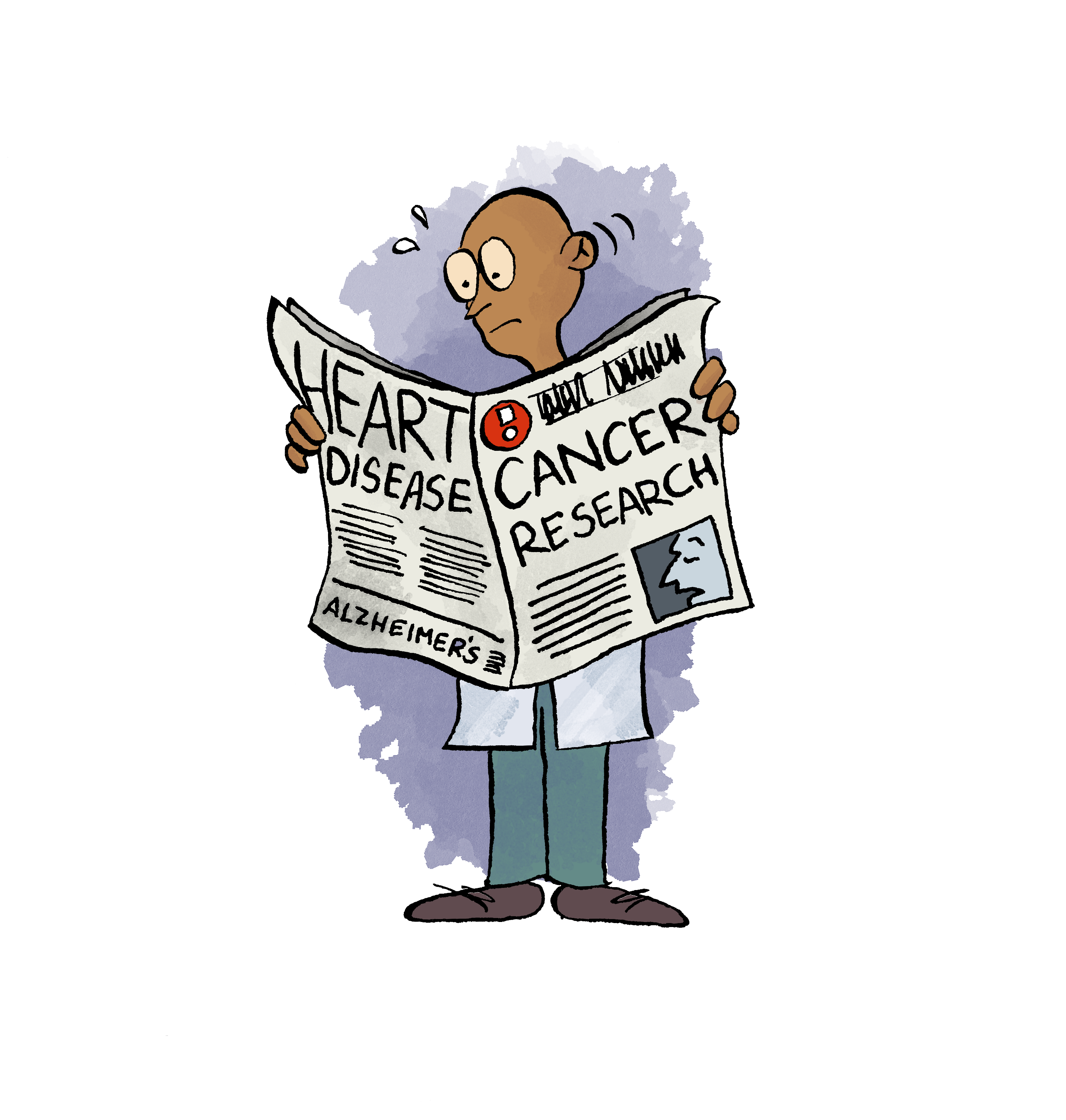Charlotte Green asks which pharmaceuticals are worth developing.
When people learn that I study biochemistry, a common joke is whether I’ll find a cure for cancer. As I enter my final year, my mum still thinks it should be my goal. I sometimes wonder why it’s a cure for cancer she wants, rather than dementia, malaria, or a new drug for treating heart disease. This made me question whether my family’s focus on curing cancer was shared by the pharmaceutical industry.
The World Health Organisation (WHO) uses a disability-adjusted life year (DALY) value to quantify the burdens of different diseases. One DALY is defined as one lost year of “healthy” life, so a sum of DALYs across a population is a way of measuring the gap between current health status and an ideal world where the population lives to an old age free of disease or disability. A simple way of viewing the DALY calculation is the sum of years lost to death and disability for those living with the health condition or its consequences.
The latest WHO dataset on DALYs was published in 2018 and is based on 2016 data. I hoped looking at the UK data would give me some insight into the burden of disease on the population. Cancer has the highest DALY value of any group. Neurological conditions, on the other hand, have half that. Perhaps my family’s encouragement is well-directed. Nevertheless, given my focus on UK data, the burden of disease worldwide is unsurprisingly very different.
Nature Index analysed the latest WHO data to compare worldwide DALY values, and those of a large group of developed countries, with the number of publications, using “big pharma” research as a further sub-category. Their analysis showed that there is a research bias towards diseases that have a greater burden in Western countries. Malignant neoplasms (cancers) are one of the most well-researched areas, and yet have relatively low worldwide DALY values. Infectious and parasitic diseases, on the other hand, which include HIV and malaria, have higher DALYs worldwide compared to Western countries yet remain underrepresented in research. This isn’t just a pattern in the literature either: in 2018 over 25% of the novel drugs approved by the FDA were cancer treatments.
There is a research bias towards diseases that have a greater burden in Western countries.
There are other possible reasons why the pharmaceutical industry may choose diseases with a smaller worldwide burden. The outcome for those diagnosed with cancer has certainly improved over the years but survival is not guaranteed: some cancers have little or no known treatments. In contrast, most forms of heart disease are now more treatable. I also think we’re more concerned about researching diseases that might personally affect us. Dementia, which disproportionately impacts older people, is not as well researched as cancer (which can affect us at any stage of life) despite being almost as common as the latter. Meanwhile, Europe was declared malaria-free in 2016, and thus appears as even less of a health threat to those in developed countries. It is concordantly less researched.
It’s unlikely that public opinion is the sole factor determining the direction of biomedical research, although it probably holds significance. A more important factor could be the cost and potential success of these trials. Since 2003, there has not been a single successful new treatment for Alzheimer’s disease, the most common form of dementia. In recent years, numerous attempts at drug development have resulted in consistent failure at clinical trials, meaning efforts to produce a cure for Alzheimer’s have come at significant expense. In fact, a 2018 article estimated an average cost of around $5.7 billion, considering how many drugs have been approved versus how much has been spent in development for both successful and unsuccessful drugs. This is compared to $0.8 billion for a cancer drug. This lack of success, and high price of development, may mean the pharmaceutical industry is hesitant to prioritise diseases where progress seems unlikely.
With so much invested in developing new drugs, it is interesting to question how the pharmaceutical industry is choosing their targets. Should public opinion, prevalence, or likely success determine the focus of research? Perhaps it should be a combination of factors. It’s a decision I don’t envy: there’s limited funding, but so much research still to do.
Charlotte Green is an Undergraduate in Biochemistry at Trinity College. Illustration by Ralf Zeigermann.





